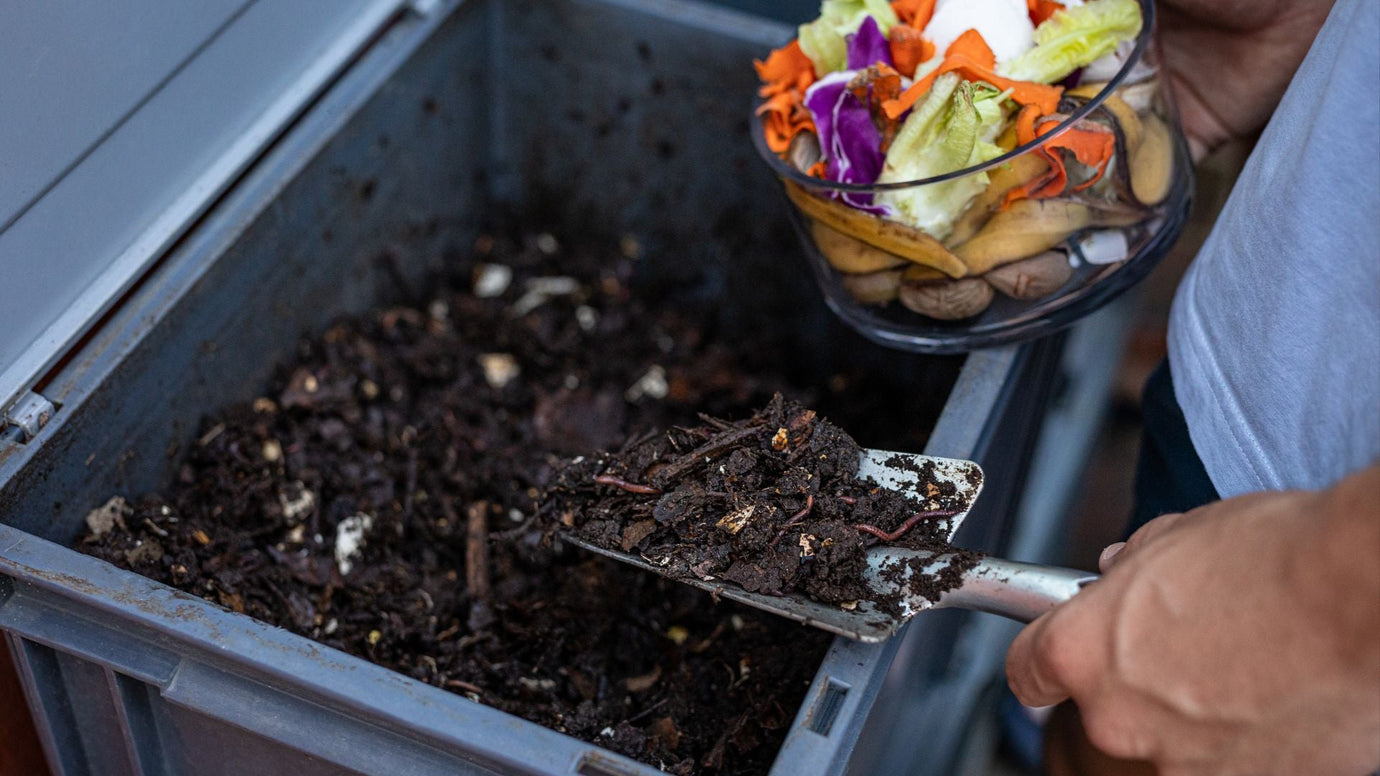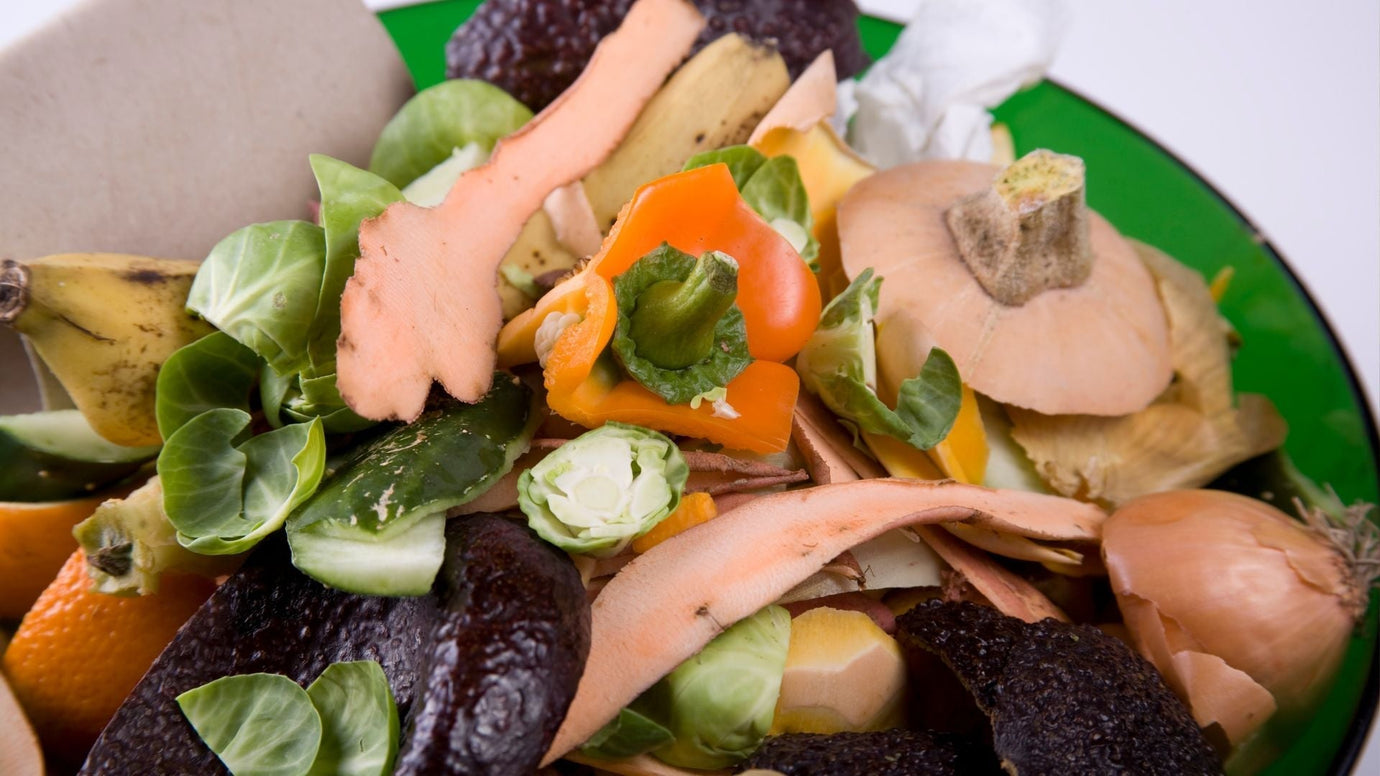Late Season Composting Tips for Winter
Many gardeners typically tuck their tools away and dream of spring harvest as the first frost of winter settles. But what if I told you that winter is actually the ideal time to keep your composting game strong?
Composting in the fall and winter brings a few known benefits. First, composting in the colder months helps to insulate the soil and protect it from harsh temperatures. It also helps break down remaining summer crops, and prepare your soil for the spring planting season. With a few tweaks and proven tactics, you can ensure your compost pile continues to thrive all the way through winter.
Pick the Right Spot
Take time to consider the location of your compost pile if you haven't already. It should be in a spot with good sun access during the day, ideally. Exposure to sun helps keep the pile warmer and encourages microbial activity, even in the colder months. Otherwise, your compost pile may freeze up and this will slow down decomposition significantly.

Insulate Your Compost
Insulating your compost can help maintain heat, similar to how a blanket keeps you warm. Straw bales, cardboard, or even old blankets can be used to wrap the pile. This helps trap heat generated by microbial activity within, keeping your compost on top form through winter.
Also, remember to keep your compost covered to help retain heat and moisture in the cold weather. This will ensure that the decomposition process continues and stays active.
Cut and Shred
Whether it’s brown or green, take the time to cut or shred materials before adding them to your compost. Smaller pieces decompose faster, which is crucial under cold temperatures when decomposition slows. For example, instead of using the whole pumpkin after your Halloween festivities, cut them into smaller bits. This will ensure they break down more efficiently.
Balance is Key
Maintaining carbon-to-nitrogen ratio is crucial for a good winter compost. Aim for a balanced mix of browns like leaves or straws, and greens like grass clippings or kitchen scraps. A good rule of thumb is to use three parts brown to one part green. This will encourage decomposition and minimize odors, which can be more noticeable under low temperatures.
Turn It Less
Regular turning helps aerate the pile and speeds up decomposition in warmer months. However, cold weather can make turning a chore—and it is actually not as necessary. If your compost is well maintained, you can actually leave it alone for long periods of time. Just be sure to check it occasionally to make sure it’s not frozen solid.
Maintain Moisture Levels
Your compost can still dry out even in the cold. Winter dry spells can make your pile crusty and hard. If your compost feels too dry, add some water to keep it moist enough, but not soggy. Your compost pile needs adequate hydration for the microbes to do their work!
Incorporate Winter Materials
While winter is known to be a dormant season, it also provides gardeners with some unique composting materials. Fallen leaves, small branches, and even pine cones can be great additions to your pile. These help to aerate the pile when mixed in, and contribute much needed carbon, too. You can also gather up kitchen scraps like vegetable peels to keep your compost active in the cold.
Plan for Next Season
While winter gardening is all about keeping things active, it’s also a time to plan ahead with your composting. You can start thinking about what you want to grow in your garden next spring, and a list of what materials you might want to add to your compost for optimal results.
Winter composting might seem difficult at first, but with these tips, you’ll find it’s actually manageable—and rewarding too! As you maintain your compost through the winter months, you’ll be setting yourself up for spring gardening success. So dust off your gloves, and give your compost some love this winter!







